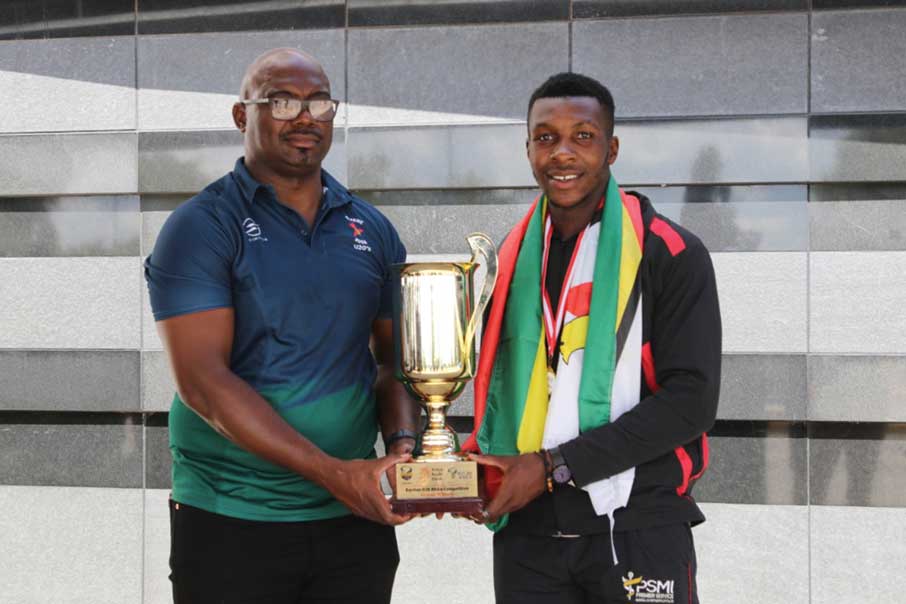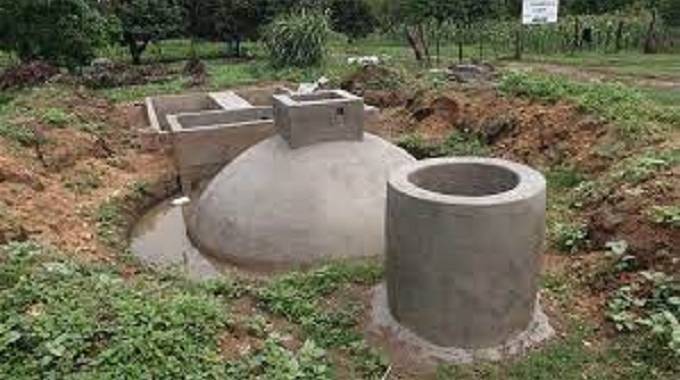
BY EVANS MATHANDA
It is a fact that worldwide, persons living with disabilities have and are still struggling to be part of the communities in which they live. Yes, we are in the 21st century where we would expect people, governments and communities to embrace PWDs but, inasmuch as there are few changes, we are still behind insofar as accepting these members of society.
Chinua Achebe writes about this issue in his book Things Fall Apart and states how people living with disabilities were ostracised and literally condemned as societal misfits. In Igbo-land, there existed the “evil forest” where cursed people and such rejected items were discarded and abandoned — left to die or rot. People with disabilities were treated as such in Igbo land. They were presumed “cursed”.
It took generations to wake up from this barbaric mindset and to start accepting these unfortunate members of society as human beings and part and parcel of society.
However, we need to do more to eradicate segregation, abuse and exclusion of PWDs. We still need to improve in areas that these members of society require special attention because of their various conditions. More still needs to be done to ensure that they are provided with facilities and amenities that allow them to live better than they are now.
With the limitations in Zimbabwe’s health services, community-based rehabilitation (CBR) for people with various disabilities must be absolutely essential.
According to the Swedish International Development Cooperation Agency (SIDA), CBR was first introduced in Zimbabwe in 1982 when the Zimbabwe Red Cross Society established its first project in Mutoko District, Mashonaland East Province. The evaluation was carried out in 9 CBR districts in Zimbabwe. The main aim of the evaluation was to assess the impact of the programme and its benefits to people with disabilities and their families.
The government should also consider CBR as a good strategy that focuses on providing equal opportunities to persons with disabilities to ensure that they can participate in community life and development initiatives. CBR can therefore enhance the quality of life for PWDs.
- Chamisa under fire over US$120K donation
- Mavhunga puts DeMbare into Chibuku quarterfinals
- Pension funds bet on Cabora Bassa oilfields
- Councils defy govt fire tender directive
Keep Reading
The Covid-19 pandemic has shown the need to strengthen rehabilitation centres to assist vulnerable sections of the Zimbabwean society, especially the elderly and persons with disabilities. Even though communities have been offering support since the onset of Covid-19, the pandemic has exposed grave limitations and several challenges in third world countries where there are little rehabilitation services available for those living in poverty.
The CBR programme was initiated by the World Health Organisation (WHO) following the Declaration of Alma-Ata in 1978 in an effort to enhance the quality of life for people with disabilities and their families to meet their basic needs as well as to ensure their inclusion and participation. Since 1979, WHO has been advocating CBR as an integral component of healthcare.
The United Nations Children’s Fund (UNICEF 2016) estimates that between 5% and 10% of all children in Africa are children with disabilities where 90% of these children do not attend school, making them less likely to engage in other opportunities for social participation.
The process of rehabilitation must involve the grassroots to promote participatory development and inclusiveness. CBR processes should take place in the home, at local clinics or at district hospital level.
Of course, there are several civil society organisations implementing CBR programmes across the country but a lot should be done to create awareness in the communities and to encourage PWDs to form self-help groups to advocate for their needs and rights.
In Zimbabwe, Jairos Jiri is one of the CBR centres that has been helpful in reaching out to persons with disabilities through community development approaches despite limited resources.
CBR should make use of local available resources including beneficiaries, the families of PWDs and the community.
According to the United Nations Convention on the Rights of Persons with Disabilities, the comprehensive rehabilitation services should focus on health, employment, education and social services to capacitate PWDs/CWDs.
Therefore, the absence of CBR can be detrimental to PWDs and other vulnerable groups and the impact on PWDs can be extreme. If we keep hiding behind limited resources, CBR will be forgotten in Zimbabwe and other developing countries. If there is totally no government support, some aid agencies will not step in with financial assistance for such rehabilitation programmes.
There is an urgent need for community-based or home-based rehabilitation programmes during and post Covid-19 era. The most effective way to provide services is to rehabilitate CBR centres as part of the system. Developing countries spend less of their annual budget on health services despite that the Covid-19 pandemic has exacerbated the frailty of healthcare systems across the world.
The need for rehabilitation centres has increased and will continue to rise further due to population growth, global health trends, especially due to Covid-19. The government must come up with development strategies to strengthen commitments on CBR programmes.
In countries like India, persons with disabilities still struggle to get assistance, including pensions, during the pandemic.
Non-governmental organisations like World Vision Zimbabwe have been doing better in the adoption of CBR programmes. Their programmes started in 2002, in areas like Chipinge. The adoption of CBR by World Vision is meant to explore and cover the areas that are not fully addressed as far as rehabilitation is concerned.
The programmes that targeted PWDs focused mainly on charity and medical issues but turned a blind eye on other important factors of life that lead to holistic achievement of quality of life. Among other factors, these include issues such as access to school, community’s negative attitudes towards children with disability and integration of these children in the community.
In African countries, most CBR programmes do not result from the creativity and hard work of the local people themselves but they are products of foreign aid and interest, with the input of foreign policies and monetary aid.
Most CBR programmes are largely financed by donor agencies and ideas are made to fit donors’ requirements, aid remains an integration, some argue, meant to exclude Africans.
- Evans Mathanda is a journalist and development practitioner who writes in his personal capacity. For feedback email: [email protected] or call 0719770038 and Twitter @EvansMathanda19











